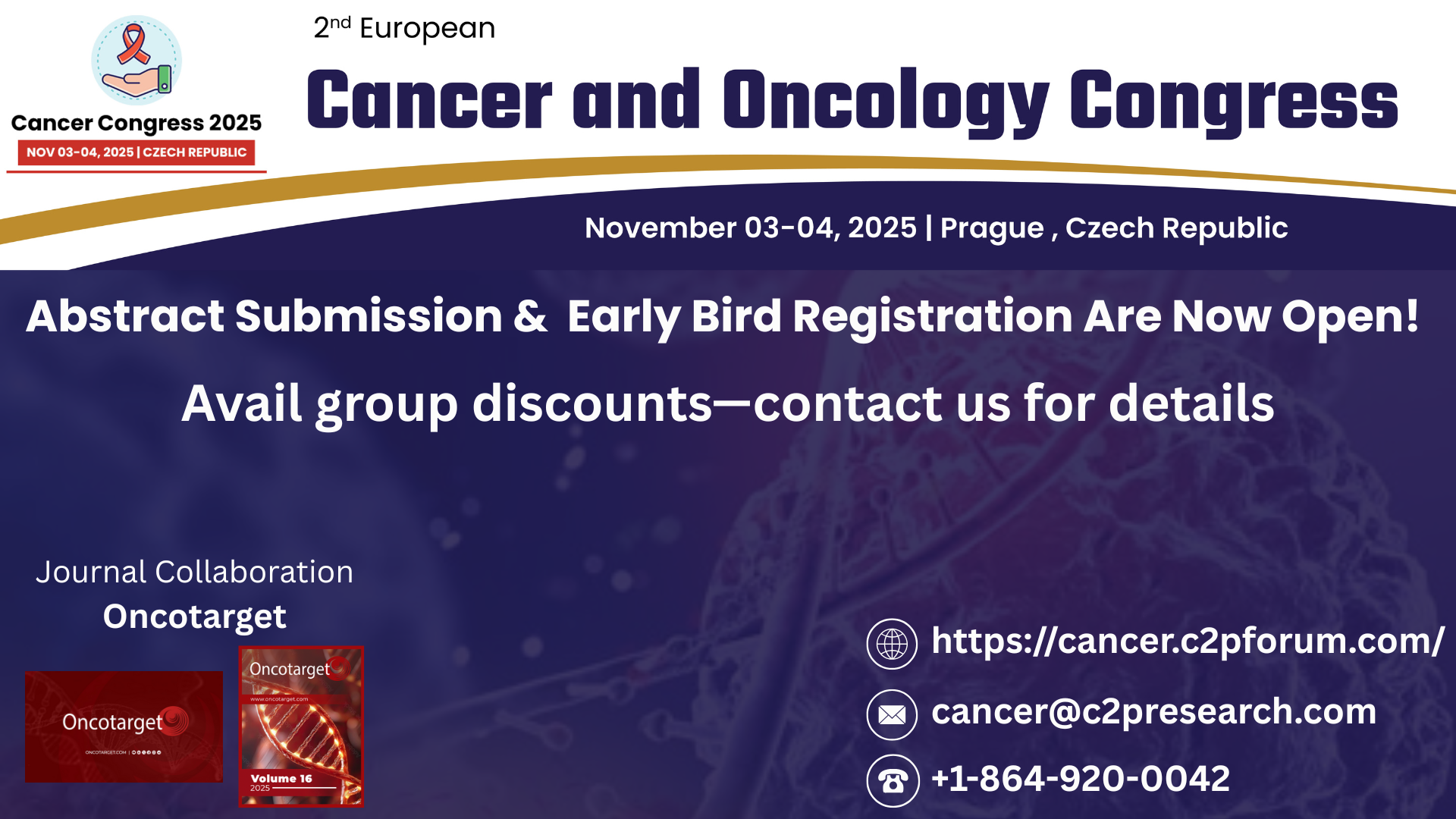Research Papers:
Detection of ATRX and IDH1-R132H immunohistochemistry in the progression of 211 paired gliomas
PDF | HTML | Supplementary Files | How to cite
Metrics: PDF 4804 views | HTML 5663 views | ?
Abstract
Jinquan Cai1,7,*, Ping Zhu4,*, Chuanbao Zhang2,3,7,*, Qingbin Li1,7, Zhiliang Wang2,3,7, Guanzhang Li2,3,7, Guangzhi Wang1,7, Pei Yang2,3,7, Jianlong Li2,7, Bo Han2,7, Chuanlu Jiang1,7, Ying Sun1,7, Tao Jiang2,3,5,6,7
1Department of Neurosurgery, The Second Affiliated Hospital of Harbin Medical University, Harbin, China
2Beijing Neurosurgical Institute, Capital Medical University, Beijing, China
3Department of Neurosurgery, Beijing Tiantan Hospital, Capital Medical University, Beijing, China
4Department of Otolaryngology, Union Hospital, Tongji Medical College, Huazhong University of Science and Technology, Wuhan, China
5Beijing Institute for Brain Disorders Brain Tumor Center, Beijing, China
6China National Clinical Research Center for Neurological Diseases, Beijing, China
7Chinese Glioma Cooperative Group (CGCG), Beijing, China
*These authors contributed equally to the work
Correspondence to:
Chuanlu Jiang, e-mail: [email protected]
Tao Jiang, e-mail: [email protected]
Ying Sun, e-mail: [email protected]
Keywords: IDH1-R132H, ATRX loss, glioma, progression, evolution
Received: October 25, 2015 Accepted: January 29, 2016 Published: February 24, 2016
ABSTRACT
Recurrence and progression to higher grade lesions are key biological events and characteristic behaviors in the evolution process of glioma. A small residual population of cells always escapes surgery and chemoradiation, resulting in a typically fatal tumor recurrence or progression. IDH mutation (isocitrate dehydrogenase) and ATRX (alpha-thalassemia/mental retardation, X-linked) loss/mutation occur in association and may represent early genetic alterations in the development of gliomas. However, their prognostic value in the evolution of gliomas still needs further investigation.
Two hundreds and eleven serial sampling of gliomas were included in our study. We used immunohistochemistry (IHC) to detect IDH1-R132H mutation and ATRX status and showed that the IDH1-R132H and (or) ATRX status could be necessary to provide the basic molecular information for the “integrated diagnosis” of gliomas. We illustrated an evaluation formula for the evolution of gliomas by IDH1-R132H combined with ATRX immunohistochemistry and identified the association of IDH1-R132H/ATRX loss accompanied by longer progression time interval of patients with gliomas. Furthermore, we observed that most recurrences had a consistent IDH1 and ATRX status with their matched primary tumors and demonstrated the progressive pattern of grade II astrocytoma/oligodendroglial tumors and anaplastic oligoastrocytoma with or without IDH1-R132H. Identification of IDH1-R132H and ATRX loss status in the primary-recurrent gliomas may aid in treatment strategy selection, therapeutic trial design, and clinical prognosis evaluation.
 All site content, except where otherwise noted, is licensed under a Creative Commons Attribution 4.0 License.
All site content, except where otherwise noted, is licensed under a Creative Commons Attribution 4.0 License.
PII: 7650

